Best places to visit in Ivory Coast
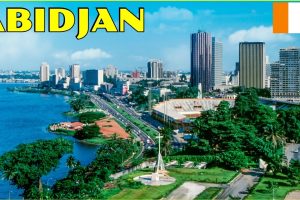
Abidjan
Abidjan is one of the most populous French-speaking cities in Africa.
Being an economic capital and major urban centre, it is a great place to start your Ivory Coast trip.
Abidjan is filled with modern buildings, especially in The Plateau. Nicknamed the “Ivorian Manhattan” or “Little Manhattan”, The Plateau is a central business district of Abidjan with skyscrapers and big hotels.
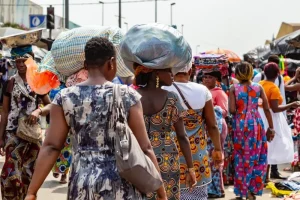
Grand Bassam
Located in the southeastern Ivory Coast, Grand Bassam is one of the oldest towns in the country.
It was the first colonial capital and now is popular among European tourists. The main attraction is its UNESCO-listed Historic neighbourhood. Though dilapidated and in ruins, it is very interesting to visit. Try to imagine what it looked like back in the day!
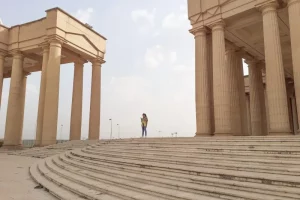
Yamoussoukro
Yamoussoukro is the capital of the Ivory Coast.
It is famous for its spectacular landmarks:
Basilica of Our Lady of Peace. Only a few people know about its existence, but Guinness World Records lists it as the largest church in the world.
The Presidential Palace and the Crocodile Lake. The grand palace boasts a man-made lake with crocodiles.
Grand Mosque of Yamoussoukro. It’s a strikingly white mosque with an intricate exterior design.
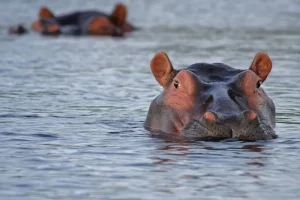
Taï Park
Taï National Park is an important national park and one of the best places to visit in the Ivory Coast.
It contains one of the last areas of primary rainforest in West Africa. The park is noted for extremely diverse flora and fauna, and it is the reason it was inscribed as a World Heritage Site in 1982.
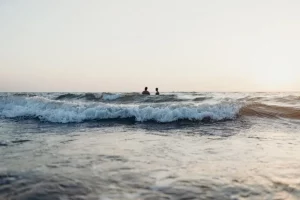
Assinie
Côte d’Ivoire is known for its beaches, and Assinie beach is one of the most popular.
Assinie is a resort town near the border of Ghana. It has a laid back white sand beach backed by palm trees. The surf is great for beginners and children wanting to learn to surf. It is the most popular surf destination in Ivory Coast. Surf camps on the beach provide equipment and lessons.
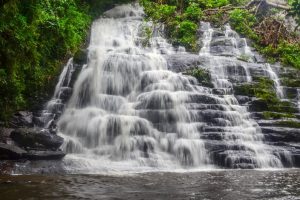
Man
Man is a city in the western Ivory Coast.
It is a popular destination for nature lovers and hikers. Backed by hills, Man is a pretty city to visit.
What to do in Man? Hike up the Dent de Man, a distinctive mountain that resembles a tooth. It’s very popular among hikers and rock climbers. The peak also offers beautiful views of Man and the surrounding area.

Jacqueville
Fringed by a stretch of typically Ivorian ivory sands, little Jacqueville spills down into the sea from the far side of the Ebrié Lagoon, it’s sun-kissed beaches emerging from the swathes of pineapple groves to meet the frothy rollers of the Atlantic Ocean.
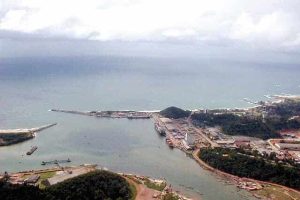
San-Pédro
San-Pédro’s harbours jut out from the southern forests of Ivory Coast like great tendrils poking into the Atlantic waters.
The second-largest port town in the country, this spot on the sea has been churning out huge cargos of metal ores and minerals and fish for decades.

Korhogo
Contrarian Korhogo has a long history of political instability and opposition to the status quo.
It was here that the latest round of coup d’etats unfolded in the early 2000s, with rebel groups proclaiming against the government.
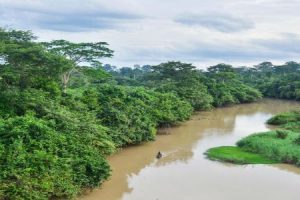
Comoe Park
Spread-eagle between the northern cities and the Ghanaian borderlands, the sweeping lands of the Comoe National Park are a veritable magnet for ecotourists and outdoorsy types heading to Ivory Coast.
They bloom with weathered gallery forests and rolling savannah plains, the occasional splinter of soaring rock and the winding meanders of the Comoé River.
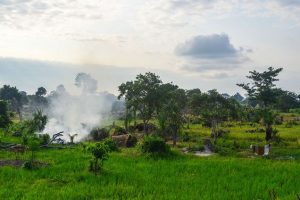
Marahoué Park
Recently hitting the headlines due to the unfortunate acceleration of deforestation throughout its boundaries (it’s estimated that Marahoué has lost as much as 93% of its woodland cover in the last decade alone!), this small protected reserve close to the capital of Yamoussoukro is the place to go if you’re looking to get stuck into the frontline of West African conservation.
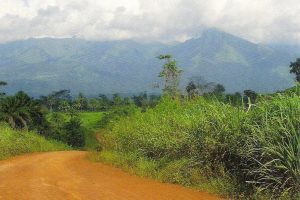
Mount Nimba
Crawling across the borders of the Ivory Coast and into the wild, wild reaches of southern Guinea, this soaring arch of mountainous peaks is considered by UNESCO to be one of the most important nature reserves in all of West Africa.
